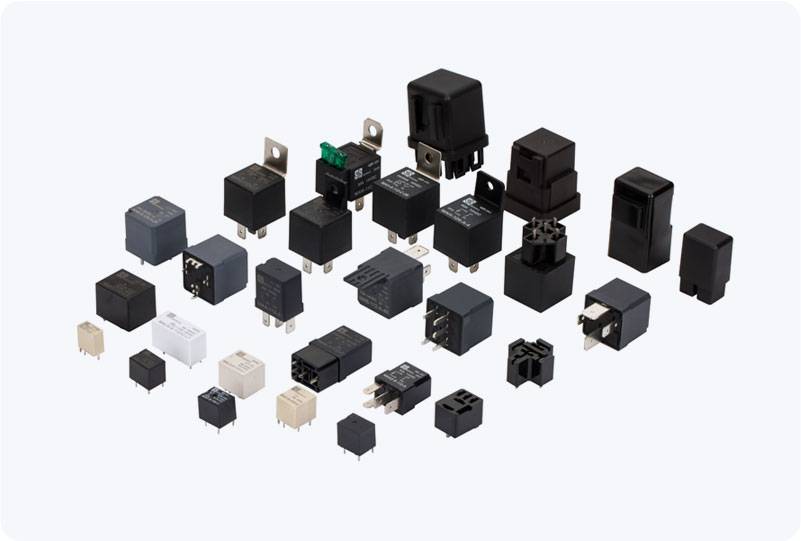understanding high-power relay: applications, features, and benefits
Release time:2025-08-05 17:07:41
A High-Power Relay is a crucial electrical component designed to control high-power electrical devices or systems. Unlike standard relays that are commonly used for lower voltage and current applications, high-power relays are engineered to manage significantly larger electrical loads, making them indispensable in a wide range of industrial, automotive, and power distribution systems. This article explores the key features, applications, and benefits of high-power relays, highlighting their essential role in modern electrical and electronic circuits.

What is a High-Power Relay?
At its core, a high-power relay functions as an electrical switch, using an electromagnet to control the opening and closing of contacts that enable or interrupt the flow of electrical current to a device. However, the distinguishing feature of a high-power relay lies in its ability to handle large voltages and currents. These relays are typically designed to manage current ratings from tens of amperes to several hundred amperes, with voltages ranging from 100V to several kilovolts.
The internal mechanism of high-power relays is generally similar to regular relays: a coil is energized, producing a magnetic field that pulls or pushes a contact to close or open the circuit. However, due to the higher energy levels involved, high-power relays are built with durable materials and advanced engineering to ensure they can withstand the stress of handling larger loads without failure.

